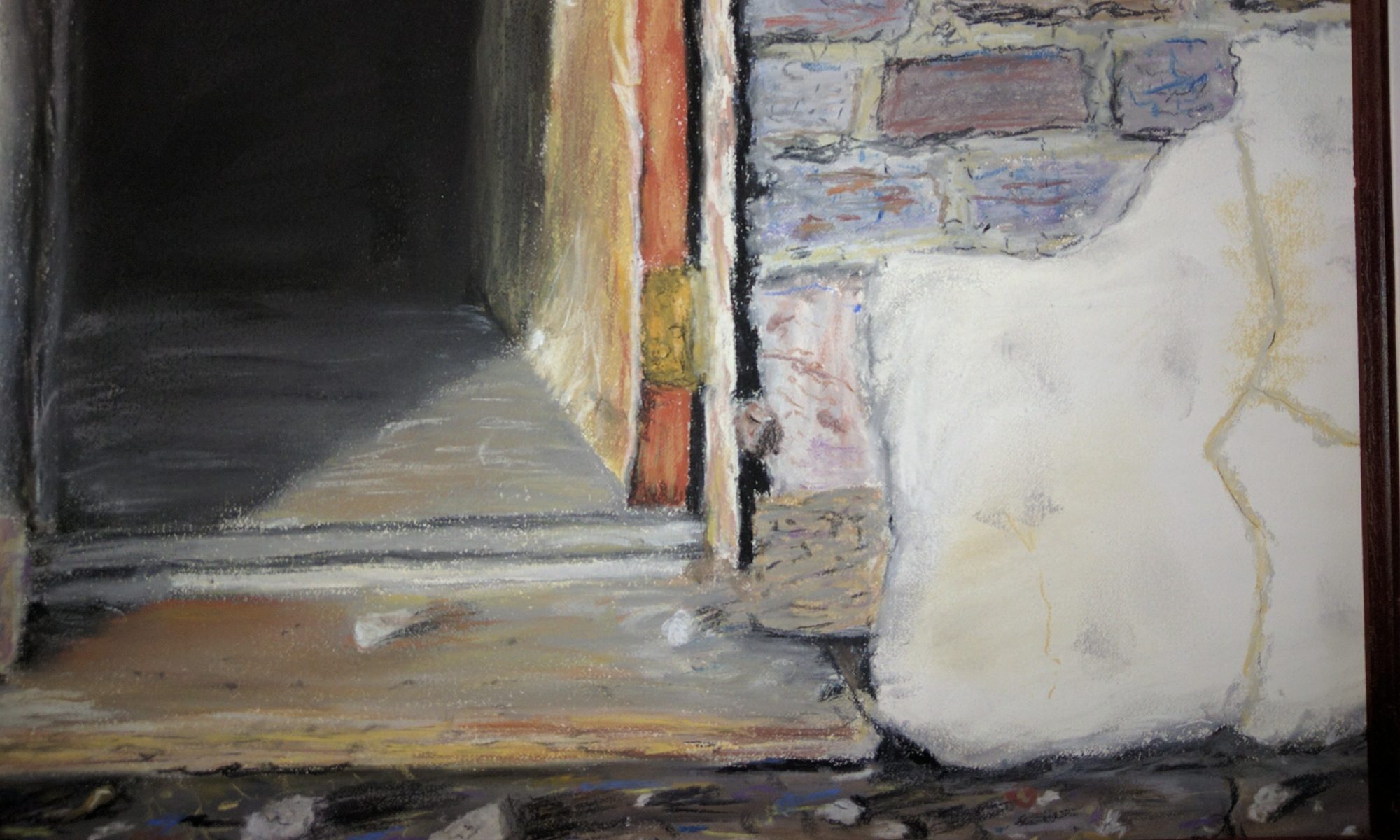Definition of microfilm
Microfilm is film on large roles used to preserved government records, books, newspapers, and other family history and genealogical records. These rolls of film are used to preserve documents because they last longer than paper. Another quality of microfilm is that it shrinks the size of the document and allows it to be stored up to one hundred times smaller space.
The images are so small that normal film readers cannot fully read the contents of microfilm. There is special microfilm readers used to read the micro images on the film. These high-tech microfilm machines are used to magnify the images to their original size and to project them to a screen where you can read them.
In the family history and genealogy world these techniques of using microfilm was very important to preserving documents. One of the big family history organizations to use microfilm was Familysearch.org. They have billions of records preserved on microfilm and they are working to digitize those records. They are also working to index the records so that computers can search for them.
Family search has also worked to collect documents preserved in microfilm format from governments and groups around the world. They have the largest collection of records that have mostly come from family history records preserved on microfilm.
What is microfilm made of?
Microfilm is usually 35 mm film that is made of plastic, gelatin, and silver salts. This film is similar to what is used inside of a film camera.
Plastic
The base of microfilm is the plastic base that holds everything together. This plastic is usually 35mm which means it is thirty five millimeters wide.
Gelatin
Gelatin is a mixture that is often used in food, but in this cast it is used as glue like material to hold the silver salts to the plastic so that an image can be made.
Silver Salts
Silver salts are small particles that are made of silver. They are often referred to as emulsion. These silver salts react to light. The amount of light that hit them causes them to change colors in different ways. If a small amount of light hits them then the color is clear but as more light hits the silver salts the darker in color they become. This is how the microfilm image is captured on the film.
In a black and white photo the microfilm colors are reversed and are able to be used to create a photo. Many people use dark rooms and projectors to view the microfilm. The microfilm is placed in front of a light and a lens to make the image bigger and then it is projected on to a white surface. There is often a white desk set up with the projector above it, so you can see the images.
A computer uses the same technology but then as a scanner or camera so that the image can be displayed on a computer screen. Most people now view microfilm via a scanner and a computer. Many collections are now being digitized through the scanning of microfilm.
What is microfilming of records?
The process of microfilming of records is the process of taking photographs of documents to shrink and preserve them. They are stored on microfilm when the image is taken and the records are preserved for more than 100 years longer than the paper document.
Microfiche vs. Microfilm, What is the difference?
Microfiche and microfilm are both ways of taking a picture of documents, news papers, and images for storage. This film storage was originally used for storage space and the life time increase of documents that are photographed with microfilm or microfiche.
Microfilm looks like film from a camera but on a very large role. It is usually stored on spools that are four inches in diameter and about two inches thick. The images are stored consecutively in the roll which makes viewing easier. The roll allows you to scroll through the roll very quickly to see the images.
Microfiche are film cards that are used to hold the images. On these cards there are rows and columns of images instead of a roll. They can be a little harder to view because you have to scroll up and down on the microfiche to see the different parts. It also requires the user of a scanner or reader to center the image.
These images are so small that they cannot be view by normal film readers. They are often over 100 times smaller than the original document or image. Special readers are now used scan and read in digital format.
How to use a microfilm scanner
Buy a microfilm and microfiche scanner
Sources and Other Resources
http://www.ala.org/alcts/resources/collect/serials/microforms03
http://www.srlf.ucla.edu/exhibit/text/BriefHistory.htm


